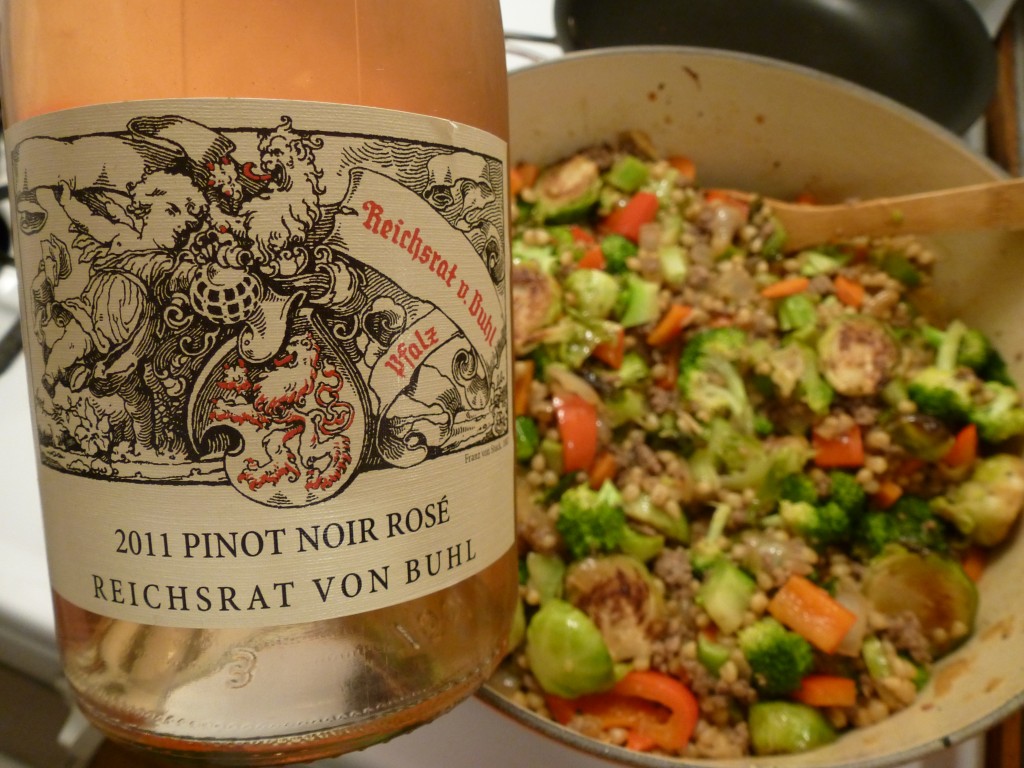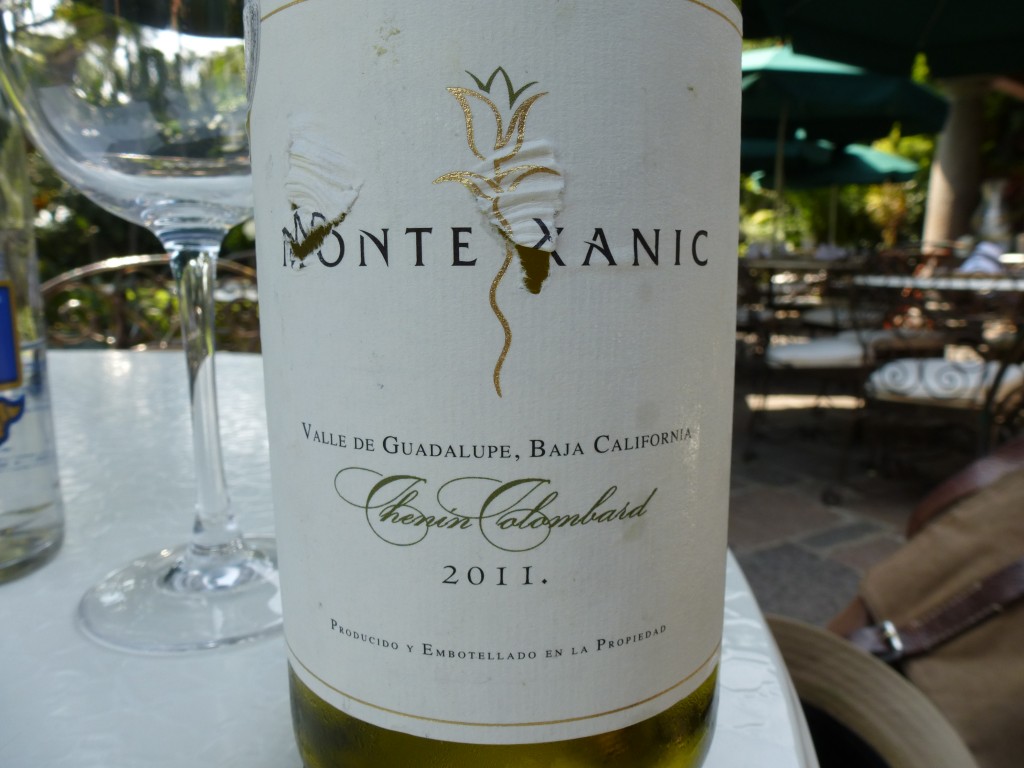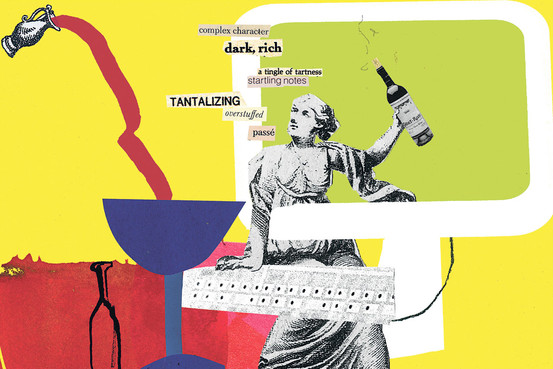Teutonic Pink
 I know I claimed to be done with rosé for the season, but I had one on my shelf too tempting to leave unopened until the spring: A 2011 Reichsrat von Buhl Pinot Noir Rosé from Germany’s Pfalz region. I remember when I saw it on the shelf at Binny’s. A Pinot Noir from Germany would be odd enough on its own, but a Teutonic Pinot Noir rosé? That’s unusual and obscure gold.
I know I claimed to be done with rosé for the season, but I had one on my shelf too tempting to leave unopened until the spring: A 2011 Reichsrat von Buhl Pinot Noir Rosé from Germany’s Pfalz region. I remember when I saw it on the shelf at Binny’s. A Pinot Noir from Germany would be odd enough on its own, but a Teutonic Pinot Noir rosé? That’s unusual and obscure gold.
According to The World Atlas of Wine, the Pfalz, a region between Saarbrücken and the Rhein, is “today arguably [Germany’s] most exciting wine region… famous for an increasing number of seriously ambitious individual wine producers.” Von Buhl makes its wines in Deidesheim, a Pfalz town surrounded, if the Atlas is to be believed, by “excellent” and “exceptional” vineyards. This is the southern end of the Mittelhaardt, long known for producing some of Germany’s finest Rieslings, with “succulent honeyed richness and body, balanced with thrilling acidity.”
But Pinot Noir? This thin-skinned variety, notoriously susceptible to rot, does surprisingly well in the Pfalz, which is “Germany’s sunniest, driest region,” according to the Atlas. Since the vineyards receive only about 16 inches of rainfall a year, mildew and rot tend not to be a problem. And if you look at map, you’ll see that the Pfalz (also known as the Palatinate) is not too far from Burgundy, home to some of the best Pinot Noirs in the world.
I’m not sure the Pinots of the Pfalz quite reach those lofty heights — that’s for another blog post — but I can tell you that the Reichsrat Pinot Noir Rosé was no insipid White Zinfandel. It had a honeydew aroma mixed with something a little spicy, and the melon notes continued onto the palate. A blitz of sharp, limey acids blasted the fruit out of the way, leading to a spicy finish. There was a prickle on the tongue as well — a hint of bubbles. And indeed, the von Buhl website notes that this wine “is actually a product of [their] sparkling wine production.”
This rosé isn’t “fun,” exactly. It’s not a wine I would serve at a pool party. It demands attention. But paired with an Asian “salad” of wheat berries, beef, broccoli, Brussels sprouts, carrots, red peppers, garlic, soy sauce and sesame oil, it worked beautifully. The acids rounded out, becoming more orangey than limey, and the wine felt bigger, rounder, and, most interestingly, smokier.
If you’re hankering for a rosé this autumn or winter, the von Buhl would be a great choice.
SUMMARY
2011 Reichsrat von Buhl Pinot Noir Rosé: Verging on sparkling, with melony fruit and sharp, racy acids. Excellent with food. Chill well in the refrigerator.
Grade: B+
Find It: I must admit I don’t recall what I spent on this bottle, and it’s not available on Binny’s website as of this posting. I did a quick search online and found a number of stores selling it; the lowest price I found was $18.








